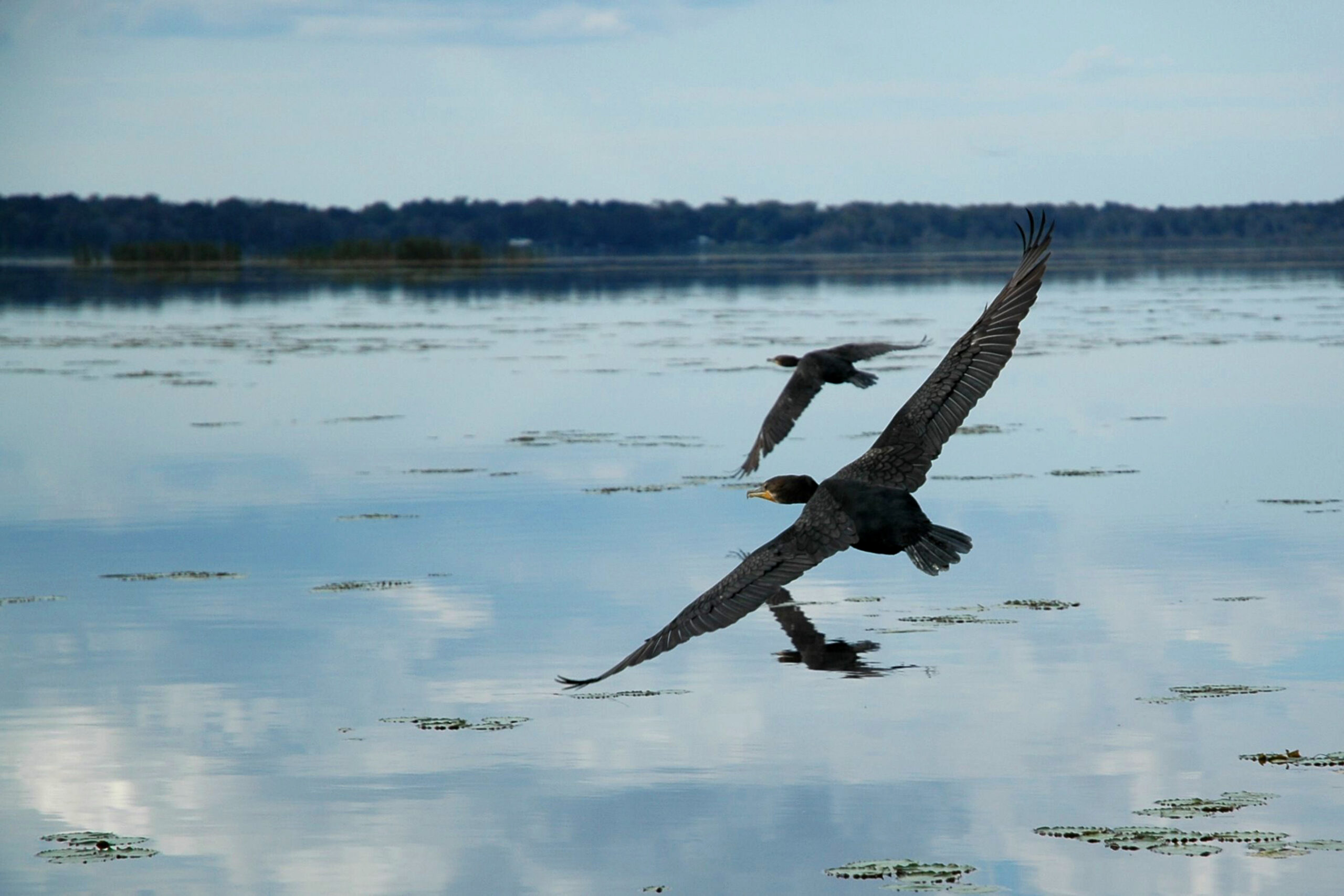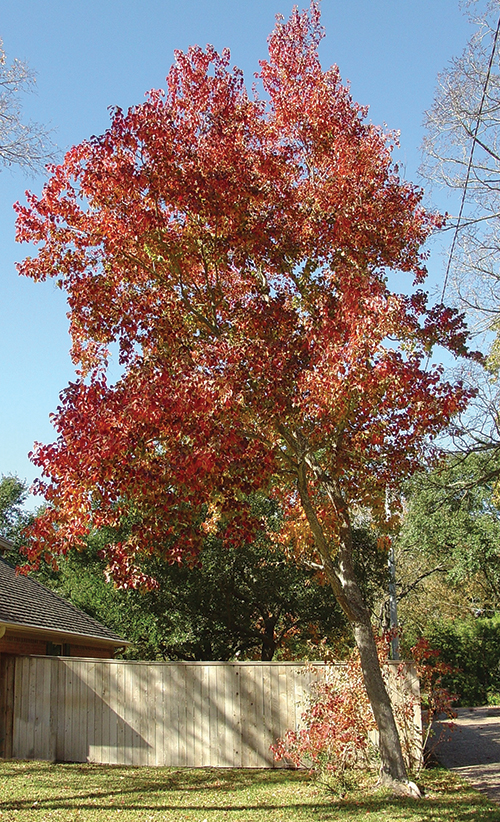
What does one do after finding an injured or juvenile wild animal? Many experts say let nature take its course.
“In most instances, the best thing to do is to leave the animal alone, in my opinion,” says Chris Sykes, executive director of the Alabama Wildlife Center at Oak Mountain State Park in Pelham. “Most young wildlife are not orphans at all.”
The Alabama Department of Conservation and Natural Resources has similar advice. Its website, outdooralabama.com, says that “it is always best to leave wildlife where it was found, and trust that your intervention is not required.”
For people who find an injured animal and insist on trying to help it, first take a photo of it and send it to a properly licensed and permitted facility so the staff can determine the species. Document any obvious injuries. Then, take the animal to a professional rehab facility, such as the AWC, as soon as possible. Just don’t break the law by taking it across state lines.
“When a bird is obviously injured, bring it to our rehabilitation clinic for immediate treatment,” Sykes says. “A wildlife rehabilitation permit is required before anyone may possess most species of sick, injured or orphaned native wildlife. We’re only permitted to rehab birds.”
Founded in 1977, the AWC rehabilitates injured native birds. Since its inception, the AWC staff rescued more than 100,000 birds comprising more than 100 species.
In south Alabama, the Environmental Studies Center in Mobile, part of the Mobile County Public Schools system, does animal rehabilitation among other things. The facility keeps various animals that cannot be released back into the wild for educational purposes.
“We are an educational facility with the goal of providing high quality environmental education to the students and citizens of Mobile County and beyond,” says Dr. Tracy H. Jay, ESC director. “We use the animals to teach students and others about the wildlife and ecology of Mobile County and in the unique upland Gulf Coast area.”
After finding an animal, place it in a container with a lid. For dangerous creatures, such as birds of prey, wear gloves and other protective gear. A raptor’s beak and talons can rip flesh apart. Put a towel over its head. If immediate transport is not possible, put the animal in a dark, quiet place until transportation occurs.
“When an animal can see what’s happening, it panics,” says Susan Clement, the ESC biologist. “To a wild animal, we are the enemy. If it’s sitting there staring at us, it’s going to be terrified. Once someone covers its head, it calms down.”
Don’t try to feed the animal. Many species require specialized diets. For instance, injured raptors will not eat bird seed. They want meat and prefer organ meat.
“Just like people, many animals go into shock when injured,” Clement says. “Sometimes, they just need some time to calm down, heal, relax, get some food and fluids in them and they will be fine.”
The first thing any rehab specialist would do is give the bird or animal a full exam. They check for injuries and treat anything they can treat. Unfortunately, they can’t fix everything. Some conditions prevent the animal’s eventual release back into the wild.
“When we get baby birds or other uninjured animals, we want to reunite them with their parents,” Clement says. “Humans can never be as good as the bird’s mom and dad are at teaching them how to be birds. However, sometimes, releasing is just not possible.”
Even animals that cannot be released serve a purpose. They help teach new generations about themselves. The ESC provides homes for bald eagles, pelicans, herons, owls, hawks and other native birds.
“Without the rehabilitation program, we would not have the animals that we use in our education program,” Jay says. “If we didn’t have those animals, we couldn’t teach people about them. We don’t just teach people about the animals. We also teach the conservation of these animals, which is very important. Children learn to protect and appreciate what they experience. Our goal is to give them that place-based experience to see animals that live around them, to not only alleviate some fears about those animals, but to teach them some of those conservation efforts to help protect them.”
Throughout the year, many school, scouting troops and other groups visit the ESC facility. For more information or to help, call 251-221-5000 or visit mcpsesc.com
For information about the AWC, call 205-663-7930 or visit alabamawildlifecenter.org
For a list of animal rehabbers in Alabama, visit outdooralabama.com/wildlife/wildlife-rehabilitation.
John N. Felsher is a professional freelance writer who lives in Semmes, Ala. He also hosts an outdoors tips show for WAVH FM Talk 106.5 radio station in Mobile, Ala. Contact him at [email protected] or through Facebook.




